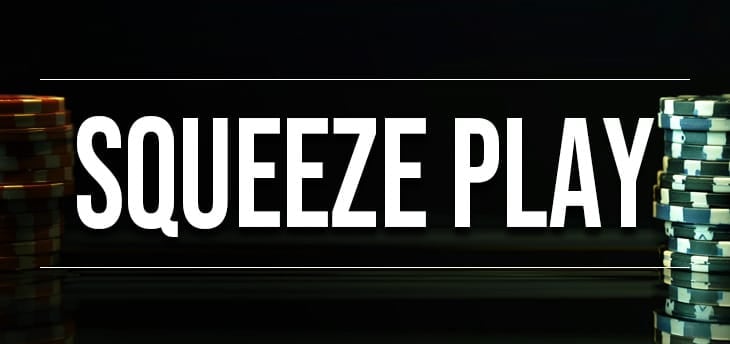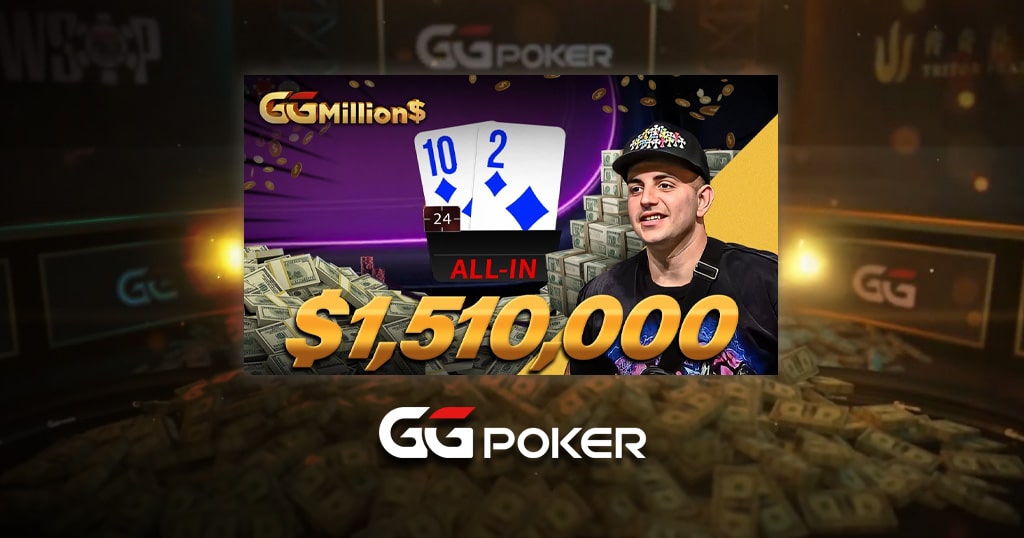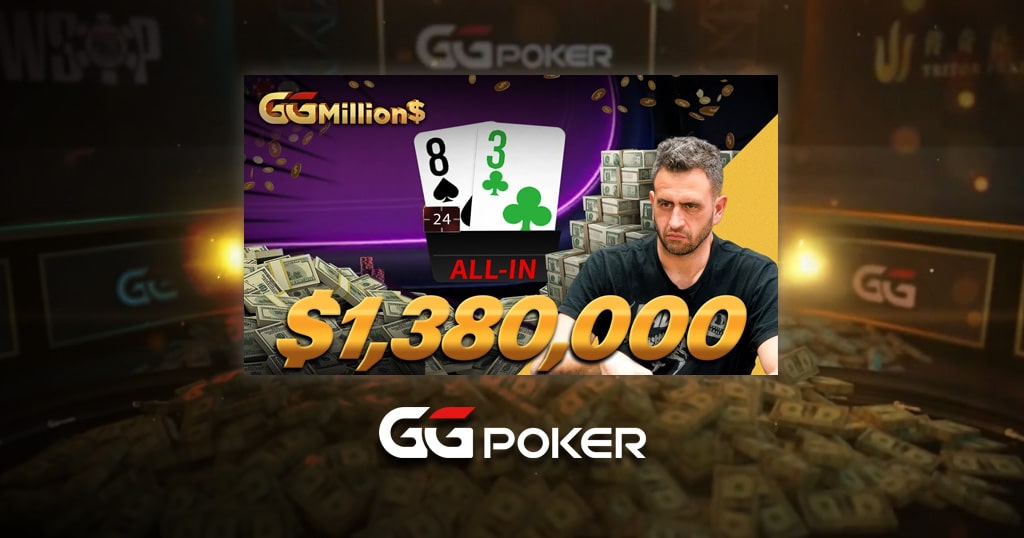The Squeeze Play

In the thrilling world of poker, mastering certain techniques can catapult your game from mediocre to remarkable. Understanding the basic rules of Texas Holdem Poker is essential as it lays the foundation for developing advanced strategies. Among these, the squeeze play stands out as a hidden jewel in the crown of poker strategies. This maneuver is not just about bluffing or aggression; it’s a nuanced art that requires finesse, timing, and a deep understanding of your opponents. So, what exactly is the squeeze play, and how can you wield it effectively in both traditional and online poker settings? Let’s dive in.

The Essence of the Squeeze Play
At its core, the squeeze play is a strategic bet made after a player has raised and at least one other has called. The objective? To push your opponents out of the pot, leveraging the strength of your position and the uncertainty of your hand. It’s a bold move, a statement of confidence, and, when executed correctly, a testament to your prowess at the poker table.
When to Unleash the Squeeze
Knowing when to employ the squeeze play is akin to a chef mastering the exact moment to flip a searing steak. Timing is everything. The ideal scenario for a squeeze play arises against opponents who are loose-aggressive or loose-passive. These players often have a wide range of hands, making them prime targets for your squeeze. Additionally, your table image plays a pivotal role. Have you been the portrait of conservatism at the table? Then your sudden aggression could be more readily believed as a sign of a strong hand.

The How-to of Squeeze Plays
Understanding the mechanics of a successful squeeze play involves more than just the guts to raise big. It’s about reading the table, assessing hand strengths, and determining the perfect bet size to apply maximum pressure.
- Spotting the Opportunity: Keep an eye on players who frequently enter pots with raises and calls. These are your marks.
- Assessing Your Hand: While a squeeze play can be made with less-than-stellar cards, having a hand with potential backdoor outs adds a safety net.
- Sizing Your Bet: Your re-raise should be substantial enough to force your opponents into a difficult decision, ideally putting their entire stack at risk if they decide to play.
Navigating the Pitfalls of Betting Rounds
Even the best-laid plans can go awry, and in poker, familiarity breeds predictability. Overuse of the squeeze play can lead to your strategy becoming as transparent and breakable as a glass poker chip. In situations where only one remaining player is left after others have folded, the remaining player automatically wins the pot, emphasizing the importance of strategic decision-making. Balance is crucial; sprinkle your squeezes judiciously throughout your play to maintain the element of surprise.
Moreover, the success of a squeeze play is contingent upon your table image. A player known for aggressive, loose play will find their squeezes met with skepticism and calls. The art lies in crafting a persona at the table that makes your squeeze plays believable and your bluffs respected.
Advanced Squeeze Play Strategies
Elevating your squeeze play involves a mix of bluffing with suboptimal hands and selectively choosing moments to go big with premium cards. The final betting round, often referred to as the river, is crucial because it can involve large bets and strategic bluffing, determining the outcome of the hand. This duality keeps opponents off-balance and unsure, allowing you to cultivate a table image that is both feared and respected. Position, as ever, remains a critical factor; acting late in the betting sequence affords you a clearer view of the landscape, enabling more informed and, consequently, more effective squeeze plays.

The Psychology of the Squeeze
Beyond the chips and the cards, poker is a game of wits and psychology. Going ‘all in’ is a strategic move where players bet all their remaining money or chips in a single round, often influencing the psychology of the game by creating high-stakes scenarios. A successful squeeze play taps into the fears and uncertainties of your opponents, exploiting their desire to avoid risk for the sake of their stack. The power of the squeeze isn’t just in the chips you win but in the message you send: challenge me at your peril.
Incorporating Squeeze Plays in Free Poker
The digital felt of online poker offers a unique arena for the squeeze play. Online poker platforms often provide various free poker modes and games, including popular options like Texas Hold’em, allowing players to practice and enjoy the game at no cost. Without physical tells, players lean heavily on betting patterns and history. In this environment, a well-timed squeeze can be even more effective, as players are more reliant on the narrative you’ve built through your play history. The anonymity of online poker adds an extra layer of intrigue, allowing you to adopt and shed table images with the click of a mouse.
![]()
Practice, Patience, and Perseverance
Like any sophisticated poker strategy, the squeeze play requires practice and a willingness to learn from both successes and failures. One effective way to practice is by obtaining free chips through daily bonuses, social media links, and in-game notifications in online poker, which allows players to hone their strategies without financial risk. Begin by testing the waters in lower-stakes games or friendly matches, gradually integrating more complex squeezes as you gain confidence and insight.
Wrapping Up with the Winning Hand
The squeeze play is more than just a poker tactic; it’s a statement, a bold declaration of your intent to dominate the table. Mastering this move requires a blend of strategic thinking, psychological insight, and an unerring sense of timing. Whether you’re navigating the subtle dynamics of a live poker game or the fast-paced world of online poker, the squeeze play is a potent tool in your arsenal. Remember, the path to poker mastery is a journey, not a sprint. With each hand and every squeeze, you’re not just playing cards; you’re weaving a narrative, one card at a time.





